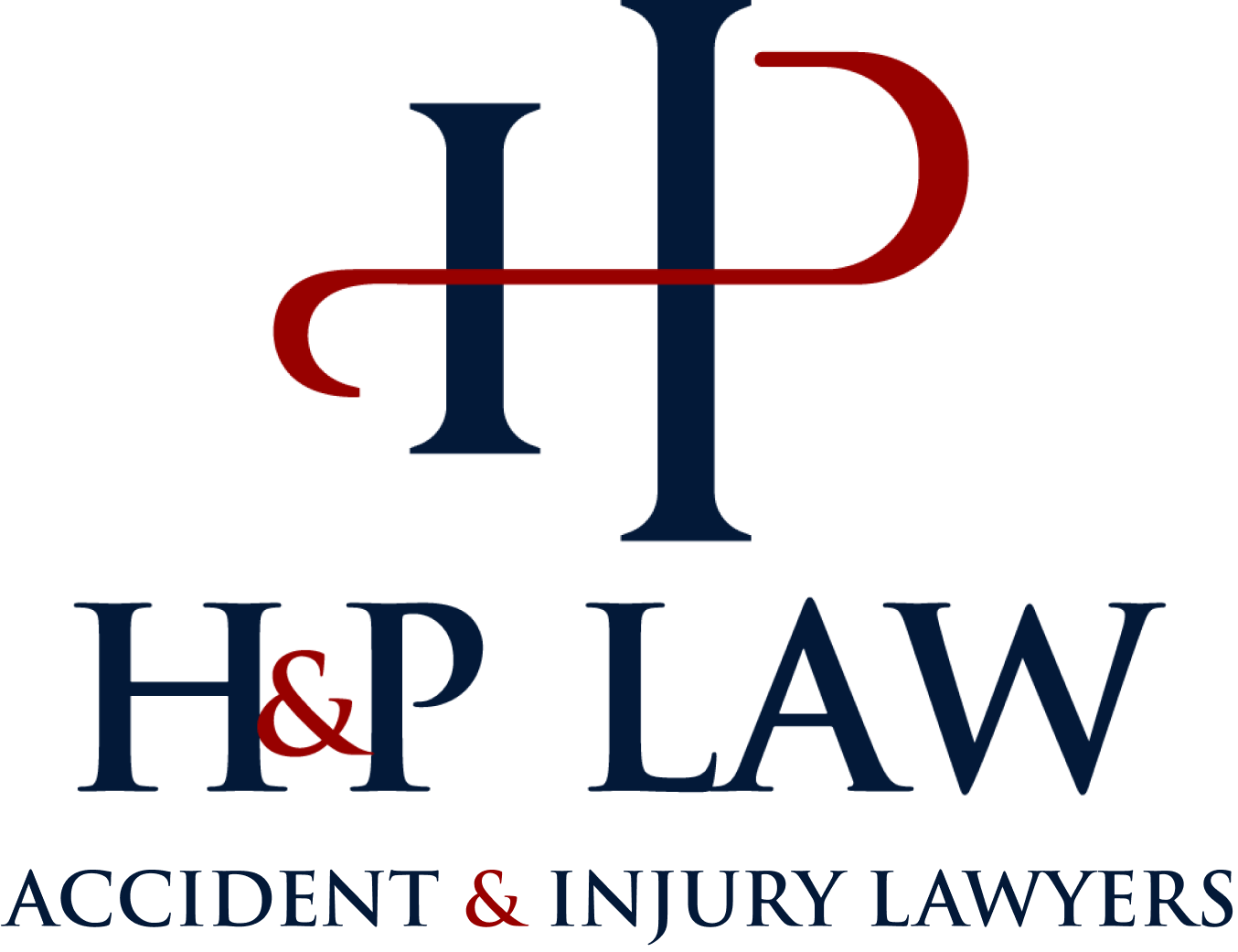
After suffering a personal injury in an accident, the victim is often interested in determining whether or not they are eligible for recovering compensation for the costs associated with the incident. Read on for what Nevada residents should know about personal injury lawsuits in their state.
The Basics of Negligence Laws
Although every state has their own doctrine when it comes to fault determination in personal injury cases, all states follow the same basic set of principles in regard to whether or not negligence was present.
The determination of negligence begins with the assertion that the defendant owed a duty of care to another party (in this case the victim of the accident). This duty of care can vary depending on the specifics of the case. For example, in cases of premises liability the duty of care is often defined as the duty to keep the property safe and maintained for guests, while in cases of traffic accidents the duty of care is seen as the responsibility of all drivers to follow the rules of the road.
Once a duty of care has been defined, it is the responsibility of the plaintiff and their personal injury attorney to show that the defendant breached their duty of care by behaving in a negligent manner and that the behavior in question caused the plaintiff to suffer an injury. Finally, the plaintiff and their legal team must be able to prove to the court that this injury resulted in “damages,” the term for some type of identifiable and quantifiable loss.
Nevada’s Specific Negligence Laws
Nevada employs a doctrine of fault determination known as “modified comparative fault.” Under this system, the courts look at the behavior of both the defendant and the plaintiff with regards to the accident and assign a degree of fault to each party.
Sometimes, it is clear that the defendant was totally responsible for the accident. However, in many cases this level of fault is shared between both parties. In Nevada, plaintiffs are able to recover compensation for their damages as long as they are 50% or less at fault for the accident. If they are more than 50% at fault, they forfeit all ability to recover compensation for their damages.
An important point about Nevada’s system of fault determination is that the overall compensation amount a plaintiff is entitled to will be reduced relative to the proportion of fault they are assigned by the court. For example, if a plaintiff is found to be 30% at fault for an accident that ultimately cost $10,000, they are still able to recover compensation but the amount they will receive will only be $7,000.
Deciding Whether or Not to Pursue Litigation
The choice of whether or not to pursue litigation after an accident can be tough, especially because accident victims in Nevada are rarely able to accurately determine the degree of fault they shared for the accident. This is why consultation with an experienced personal injury attorney is always advised when contemplating pursuing legal action after an accident.
Legal Experts in Las Vegas
For years, the attorneys at H&P Law have been helping accident victims in Las Vegas as they navigate the litigation process. Contact H&P Law today to discuss your case.




